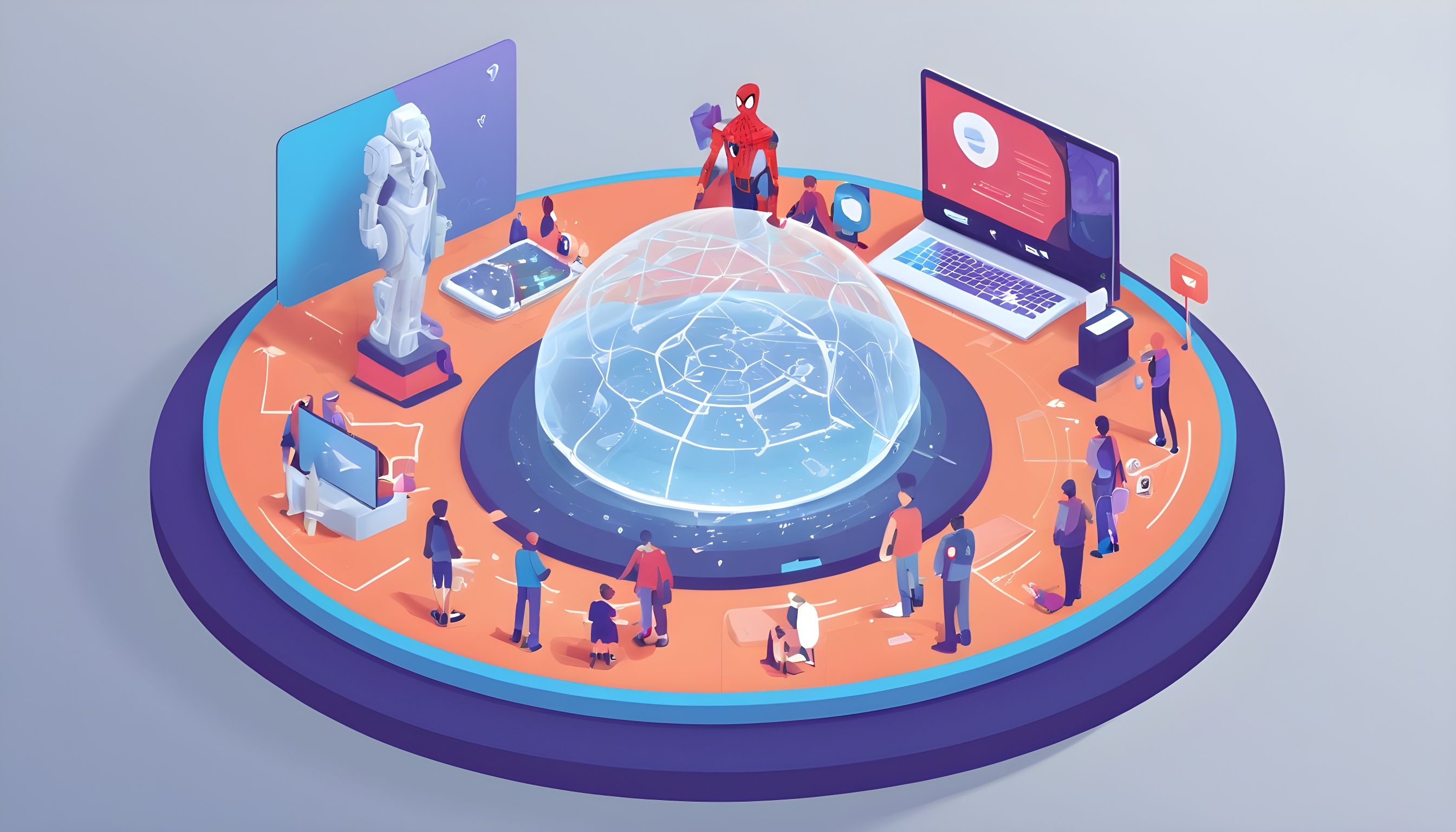
Innovation has improved lives but unchecked progress could enable risks
Innovation has accomplished greatly to resolve essential difficulties and enhance our existences' productivity and convenience. A few short decades ago, no one could have envisioned the technological advancements we experience currently. Innovation has truly come a long way! Sophisticated vaccines have nearly eradicated deadly diseases, while new treatments methods have helped prolonged lives, increasing the average human lifespan by over 30 years within the last 100 years ago.
Transportation innovations have also transformed how we move. Beginning with the earliest automobiles, to today's high-speed rail and airplanes, distances formerly requiring days to travel can now be undertaken within hours. This has connected the world in new ways while boosting economic opportunities. Communication technologies have expanded at an unmatched rate. What started as the telegraph has evolved into smartphones fitting within our pockets, interconnecting billions of people instantaneously.
However, unchecked and unlimited progress could take innovations to extremes that raise serious ethical concerns. Some emerging technologies may alter what it means to be human if developed without consideration for societal impacts. While excitement surrounds possibilities like human augmentation, we must ensure such changes are guided prudently to avoid unintended consequences.
Balancing progress with preventing potential harms
To reap innovation's benefits fully while avoiding unintended downsides, some degree of oversight seems prudent. Total freedom provides no assurance that new technologies will be developed or applied responsibly. Runaway changes could occur rapidly in a completely unrestricted environment before understanding their implications.
Reasonable regulations and guidelines aim to direct innovation towards helping humanity rather than enabling potential harms. The goal is not to stall progress but to thoughtfully manage risks. Regulations also balance competing interests and viewpoints in the debate through democratic processes.
For instance, restricting testing of human-level artificial intelligence could slow its benefits in the short-term but prevent issues in the long-run until societal and ethical preparedness matures. Considering health, environmental and other impacts during development helps maximize rewards while minimizing unwelcome consequences.
Considering both sides of the debate
Any debate around limiting innovation is complex with arguments on both sides making valid points. On one hand, restricting research and development may slow improvements to quality of life that come from technological and scientific breakthroughs. New solutions to problems may never emerge if certain lines of inquiry are off-limits.
However, others argue that lack of oversight risks changes occurring without regard for their impacts on society. Runaway, unforeseen, or uncontrolled changes could disrupt important aspects of human civilization and natural environments. Loss of control and unintended consequences become more likely without any checks.
Imagining potential issues without oversight
If taken to an extreme without prudent guidance, some argue that innovation could enable scenarios resembling science fiction dystopias. For instance, advanced artificial intelligence developed solely for performance may see humans as obstacles instead of beneficiaries if it becomes superintelligent. Rapid, unrestricted human augmentation risks altering our very nature and relationships in ways that reduce humanity.
Runaway environmental or economic disruptions may also occur from uncontrolled changes. Imagine gene drives that re-engineer entire ecosystems by wiping out populations or new financial systems dominated by algorithms beyond our comprehension creating severe instability. The loss of oversight means an inability to course-correct any technical or social issues that emerge before they spiral out of control.
Conclusion
In conclusion, innovation promises great rewards if guided prudently but enables risks if allowed to progress boundlessly. A balanced approach that considers all perspectives through democratic oversight seems best to maximize benefits and manage potential downsides.
Both restricting innovation too much and enabling it without any checks come with their own issues. A middle path that thoughtfully directs new technologies towards humanity's well-being rather than its disruption seems ideal. With care and foresight, we can continue solving problems through new ideas while avoiding unintended consequences that become difficult to undo.
Overall, some degree of oversight protects innovation's promise rather than threatens its progress. Guidance ensures its rewards serve humanity now and in the future by helping manage any risks to society and environment. With open debate on its application, a balanced approach helps innovation benefit humanity in a sustainable manner.
References
https://fastercapital.com/topics/assessing-technological-and-innovation-risks.html/4
Posted Using InLeo Alpha